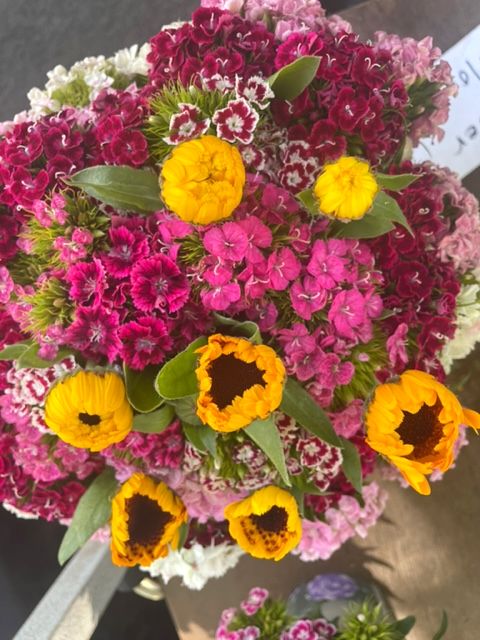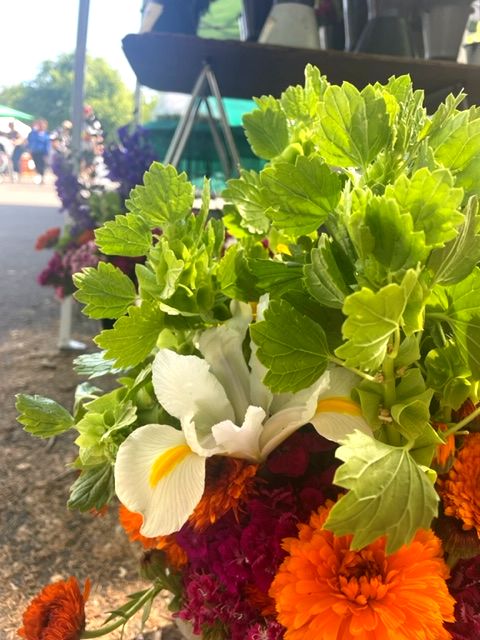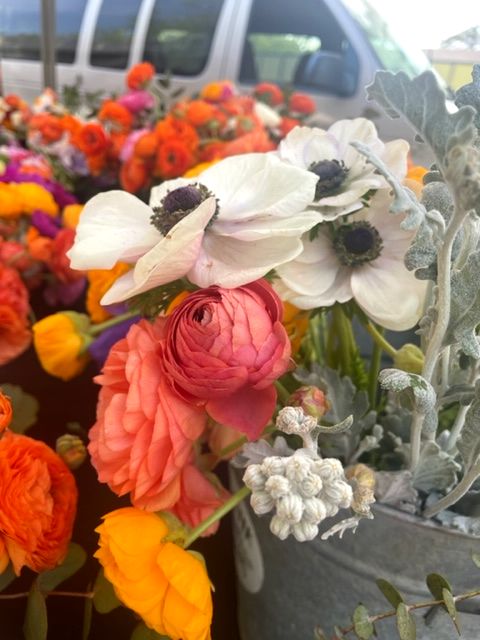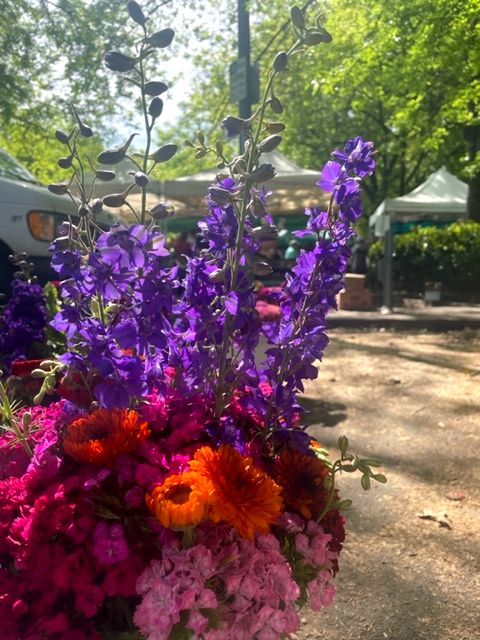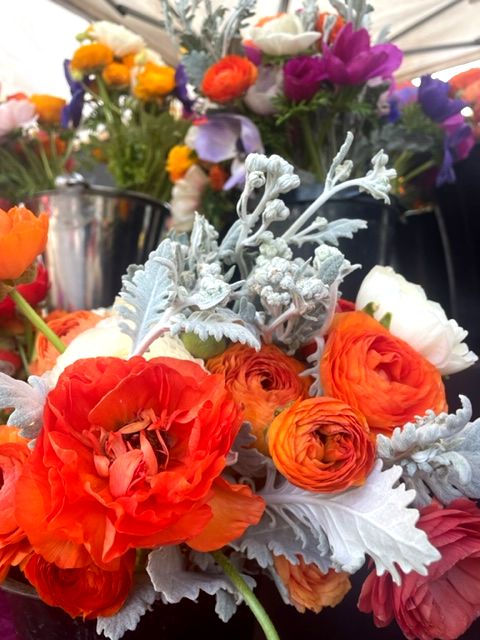They say April showers bring May flowers, and thank goodness we got a few of those showers last month! Now May is officially here and we’re seeing bountiful bouquets of local spring flowers filling the aisles of our weekly markets. Starting now, you’ll see flowers continue to gain momentum as they peak over spring and summer.
But there’s no need to wait any longer! There’s already a plethora of pretties, anxiously awaiting to brighten your home. Snag a bundle of fresh cut flowers from the Chico Certified Farmer’s Market this week and enjoy the first round of spring blooms this year!
Keep reading for tips to keep your fresh cut market flowers super fresh!
- f7faa9e3 89d7 0c94 058d 2ec2cf5b1ebb
- 6af834e3 6654 6332 9bfc 348514f36e64
- b0c2f218 f2b1 dd5b 3a25 a1849067a953
Keep Those Flowers Fresh!
- Choose the right kind of container. Always provide flowers with a clean vase free from any residue or leftover detergent. Lighter, more fragile cut flowers belong in a taller vase. Cut heavy blooms short, and place them in a low vase where they’ll have extra room to spread out.
- Cut two inches off the flower stems before placing them in water. Garden shears will give you the cleanest cut, but regular scissors will also do the trick. Cut stems at a 45-degree angle to increase the surface area and allow for greater water flow. Some flowers, like roses, tend to get air bubbles stuck in their stems, blocking water flow; to prevent this issue, cut the flower stems underwater.
- Make sure the water is at the right temperature. Most flowers keep best in room-temperature water. Bulb flowers keep best in cool water or even cold water. Whether you’re using either cold or lukewarm water, fill your vase so it’s three-quarters full and keep topping it off as the flowers absorb more liquid.
- Provide acidic water. Cut flowers do best in slightly acidic water, ideally with a pH level between 3.5 and 5.0.
- Prune any leaves below the waterline. Any leaves submerged underwater can rot and cause bacterial growth, so it’s important to regularly check your flowers and remove any underwater leaves.
- Maintain your flowers consistently. Replace dirty vase water with fresh water and clean your vase every single day. Dirty water can lead to bacterial growth that will quickly bring on wilting. Re-cut your flower stems every two to three days to help them absorb water.
- Keep cut flowers out of harsh environments. Refrain from placing your fresh flowers in direct sunlight, near hot appliances, or near gusts of air from fans, air conditioning, or open windows. Some flowers, like tulips, are particularly sensitive to heat. You should also keep cut flowers away from fresh fruit, as it emits traces of ethylene gas that can speed up a flower’s wilting process.
- Make your own flower food. Instead of buying flower food packets, you can concoct your own DIY formula. The most popular recipe is to fill your vase with three parts water, one part Sprite (for sugar), and a few drops of bleach to kill bacteria. Another common flower food recipe is to mix two tablespoons of apple cider vinegar, two tablespoons of sugar, and half a teaspoon of bleach into a quart vase of water.
- Slow down wilting with a few drops of vodka. Giving a little alcohol to your cut flowers can actually decelerate their aging process. The alcohol in vodka impedes flowers from producing ethylene gas, which causes flowers to wilt.
- Separate harmful flowers into their own container. Fresh-cut hyacinths, irises, and daffodils produce toxic chemicals that can kill other plants sharing the same water source. Keep these flowers in a separate container for a day before combining them with other flower types.
- 254c0ee2 e8c2 8d1c 42e7 29889e31c5a1
- 7b5ee6bf cbcc e291 210e d1d08774bcdc
- a4d483db 24e6 5379 bf63 8226c842a0a5
- 1e2075e5 1c1d ce1a 2d1e 46823d694e3d


